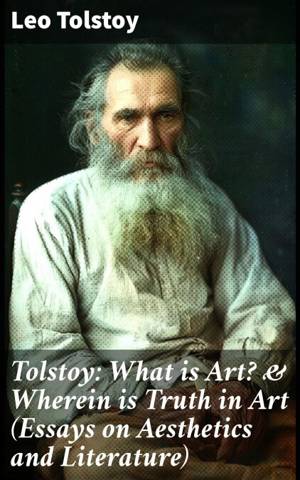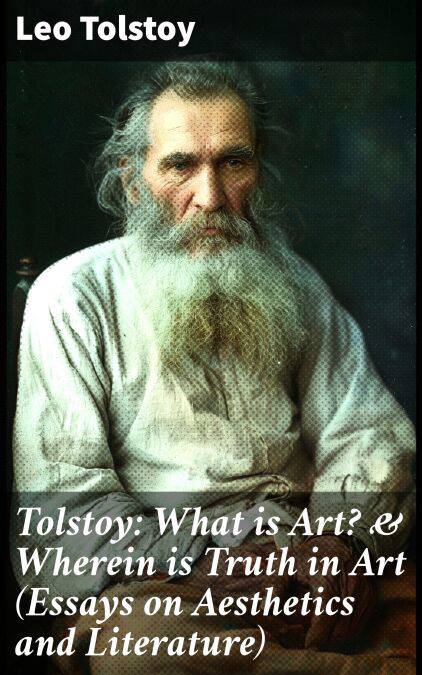
- Afhalen na 1 uur in een winkel met voorraad
- Gratis thuislevering in België vanaf € 30
- Ruim aanbod met 7 miljoen producten
- Afhalen na 1 uur in een winkel met voorraad
- Gratis thuislevering in België vanaf € 30
- Ruim aanbod met 7 miljoen producten
Zoeken
Tolstoy: What is Art? & Wherein is Truth in Art (Essays on Aesthetics and Literature) E-BOOK
Exploring the Soul of Art: Tolstoy's Essays on Truth, Beauty, and Morality
Leo Tolstoy
E-book | Engels
€ 1,99
+ 1 punten
Omschrijving
In "Tolstoy: What is Art? & Wherein is Truth in Art," Leo Tolstoy delves into the profound relationship between art and morality, scrutinizing the purpose of creativity through a philosophical lens. Tolstoy's literary style is characterized by his meticulous clarity and fervent passion, blending narrative narratives with penetrating essays. Contextually, the work emerges during a period of intense introspection for Tolstoy, as he contemplates the societal implications of art and questions the prevailing aesthetic theories of his time, notably those of the Russian intelligentsia, thus establishing a new axis of artistic understanding centered on truth and emotional authenticity. As one of the most significant figures in Russian literature, Tolstoy's life experiences'Äîranging from his noble upbringing to his spiritual crises'Äîinfluenced his profound reflections on art. He sought to democratize art, making it accessible and relevant to all, often rooted in the themes of peasant life and existential inquiries. His philosophical evolution, particularly evident after his conversion in the late 19th century, compels readers to reconsider their own perceptions of beauty and morality. This collection is recommended for anyone curious about the philosophical underpinnings of art as it challenges conventional notions of aesthetics. Readers will find Tolstoy's arguments both compelling and provocative, urging a reconsideration of the role of art in society and its potential for genuine human connection.
Specificaties
Betrokkenen
- Auteur(s):
- Uitgeverij:
Inhoud
- Aantal bladzijden:
- 474
- Taal:
- Engels
Eigenschappen
- Productcode (EAN):
- 8596547688556
- Verschijningsdatum:
- 5/12/2023
- Uitvoering:
- E-book
- Beveiligd met:
- Digital watermarking
- Formaat:
- ePub

Alleen bij Standaard Boekhandel
+ 1 punten op je klantenkaart van Standaard Boekhandel
Beoordelingen
We publiceren alleen reviews die voldoen aan de voorwaarden voor reviews. Bekijk onze voorwaarden voor reviews.











